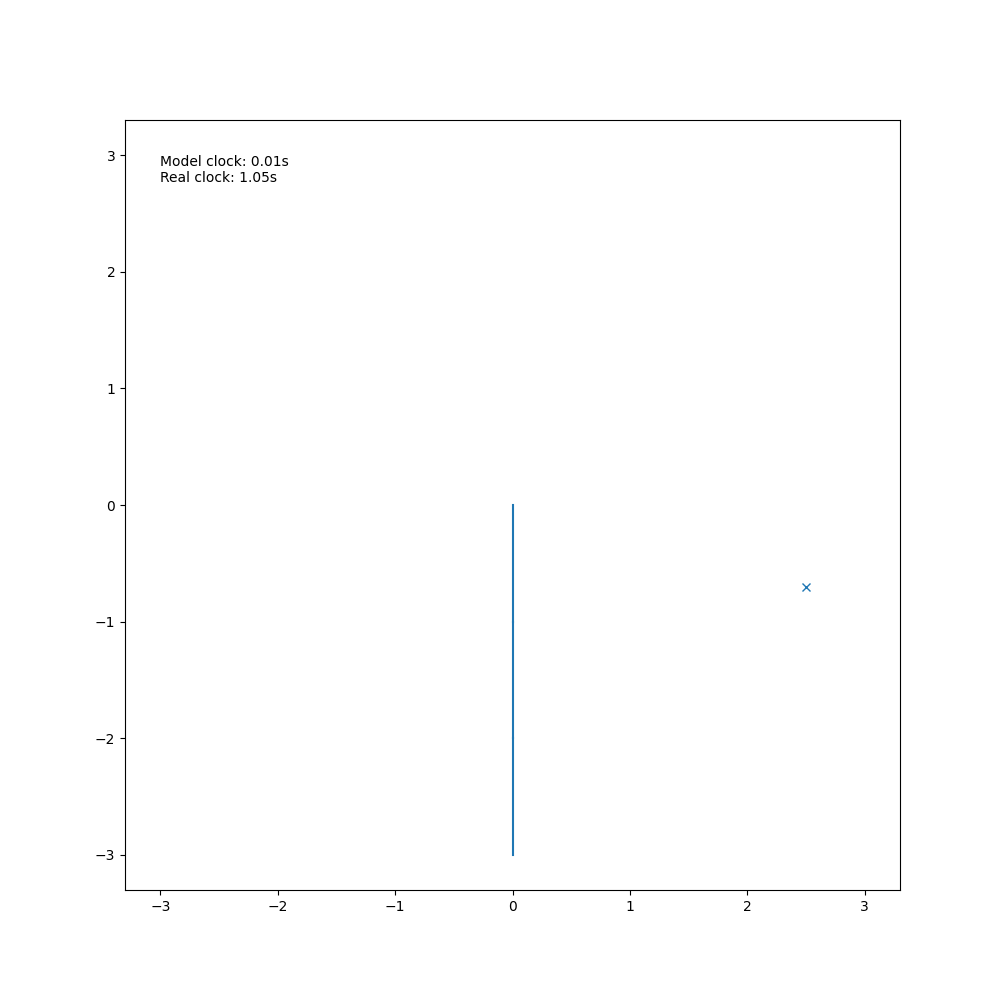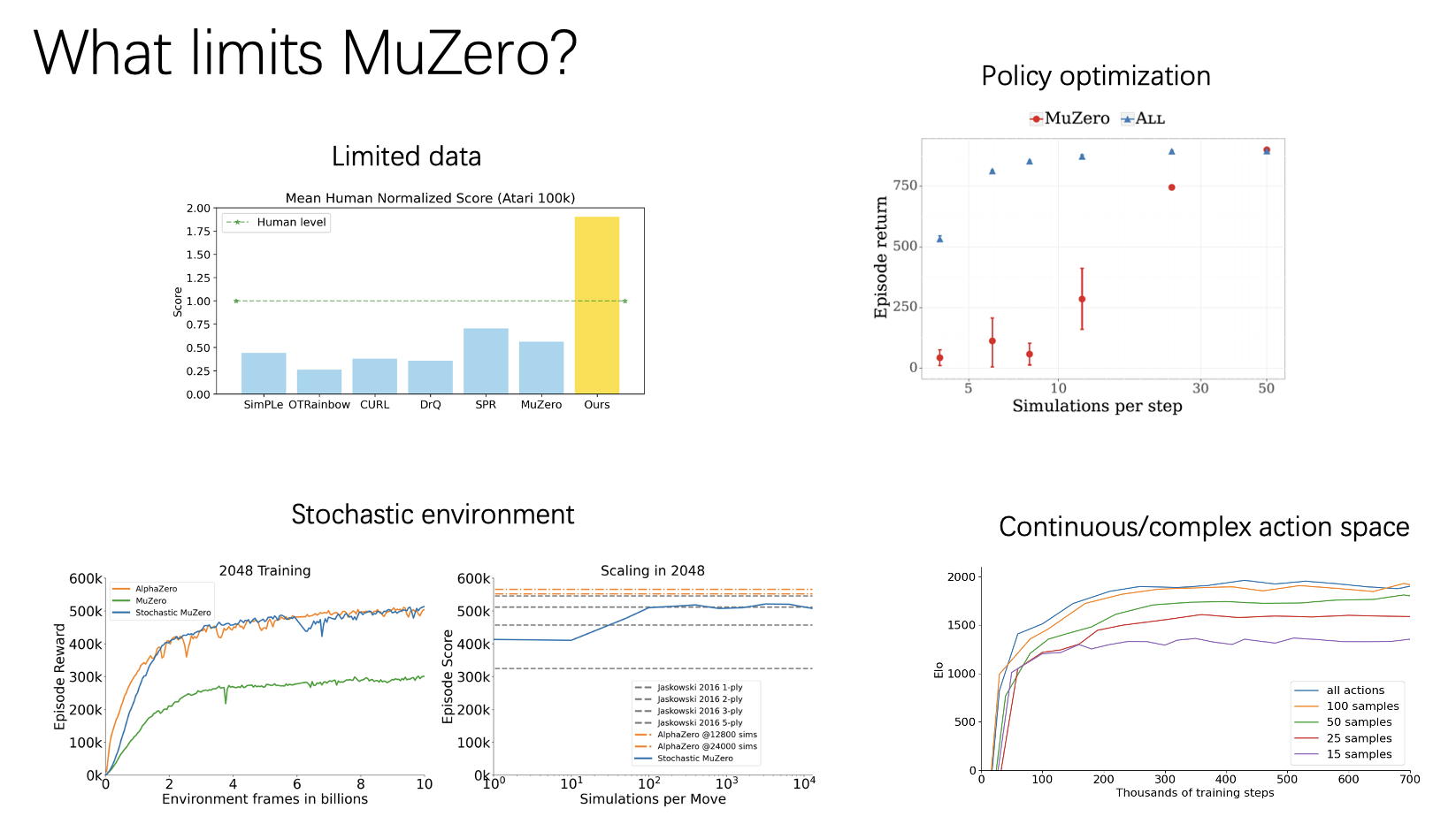What are the Effective Deep Learning Models for Tabular Data?
Published:
This week, I would like to share a paper published at NeurIPS 2021. When dealing with tabular data, I often find myself perplexed. On one hand, I am unsure which deep learning frameworks are better suited for this task, and on the other hand, I am uncertain whether the time-consuming process of training a model can outperform the easily accessible GBDT family of models such as XGBoost and LightGBM. However, this paper provides a detailed and comprehensive comparison of deep learning algorithms and GBDT models on tabular data. It introduces new baselines and presents a novel architecture that outperforms other deep learning models. I have gained a lot from this paper and would like to share it with you.




